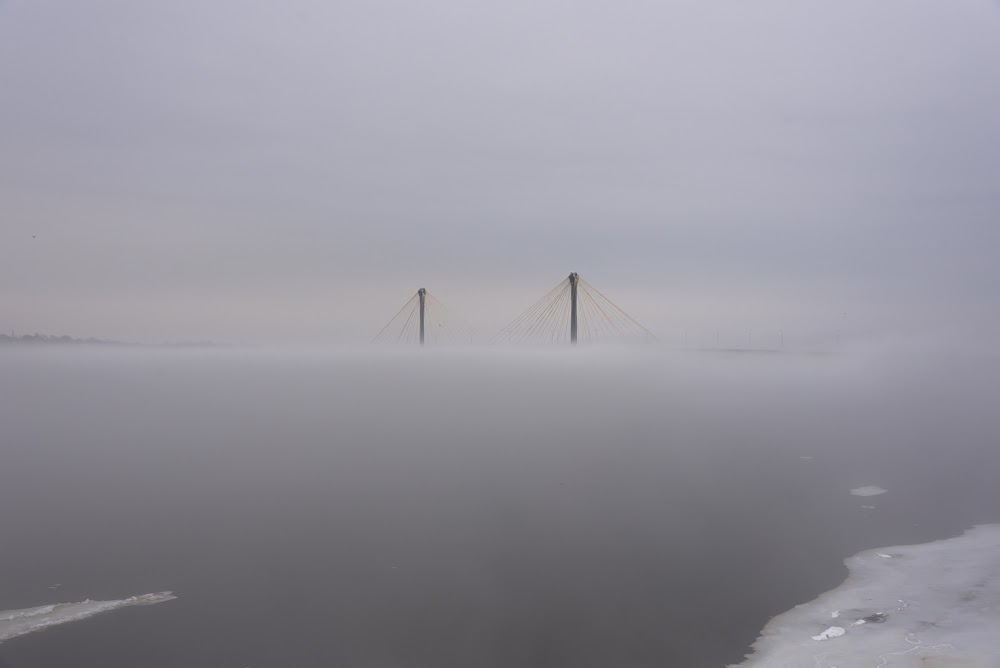Can I use older, Nikon F-mount, what we retroactively call "Non-AI" lenses, on my modern DLSR.
The short answer is: ONLY IF, the rear-most lip of the lens does not interfere with the AI tab, located on a rotating ring that is just outside the camera mount. In many cases however, this lip will interfere with the tab, ramming into it, and it can actually damage your DSLR.
There are a lot of great resources out there which cover the histories of Nikon's mount systems and the variations. I will try to link some at the bottom of this page. But for the impatient, the crash course is simply ensuring that the lens you wish to mount does not contact the AI tab located on the camera.
Nikon AI Mount (N/AI)
In the image below, you see a Vivitar 90mm f/2.5 (N/AI mount) mounted on a Nikon D750. This (1) is the indexing tab located on the lens mount, at the base of N/AI lenses. As you rotate the aperture ring to set it, this pushes the camera tab (2) further in it's rotation, telling the camera information about what aperture is being used.
These N/AI lenses have no electronic linkage to the camera so, after simply mounting the lens, the camera has no information about what lens is being used, what the maximum aperture is, etc. There is a solution for this. By navigating to the Wrench Icon in your menu and selecting "Non-CPU lens data" you can manually enter the focal length and aperture of the lens you are using. Now that the camera knows where to begin, it can calculate, via that little tab linkage between the lens and camera, what aperture you are using, as you rotate through different apertures.
Next, I have my Sigma 50mm f/1.4 Art lens mounted on the Nikon D750. This lens is akin to Nikon's "G" mount lenses. The "G" stands for "gelded", which essentially refers to the removal of the manually adjustable aperture (and thus the AI tab) on the lenses. Since modern lenses communicate with the cameras electronically, there was no longer a need to maintain this linkage (Though, some users dismayed over this since these newer lenses now possess less backwards compatibility because some of the older film cameras cannot communicate with lenses electronically - it was all mechanical.). As you can see, the rear portion of the mount, clears the AI tab (3). It is said, though I have never owned any, that some older Non-AI lenses, especially those by third-party manufacturers, such as Vivitar, while not AI lenses, didn't have a very long rear mount and would clear the tab. These lenses can safely be used.
Conclusion
Now that you have seen what the Auto-Indexing linkage looks like. You can hopefully see what is meant about ensuring the back of the lens doesn't collide with the AI tab on the camera. To the original question: Can I use [Insert Lens] on my DSLR? You need to ensure the lens mount clears this tab, and doesn't ram into it when mounted. As long as this tab is free, you can use the lens. Albeit, at reduced functionality of an AI lens, or modified Non-AI lens (machined to index with the camera correctly).










